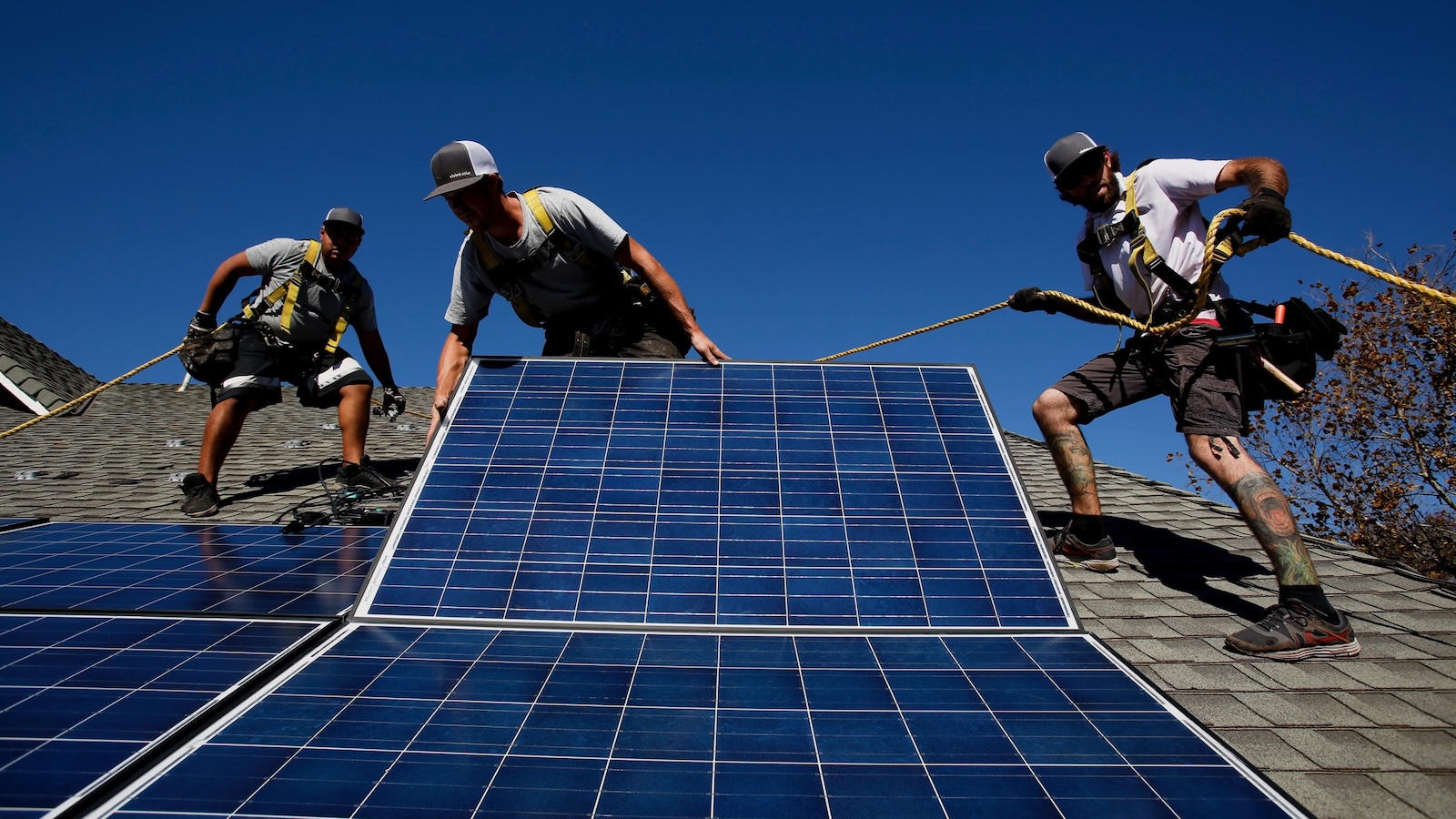Now Reading: Install Solar Panels Now to Claim Tax Credit
-
01
Install Solar Panels Now to Claim Tax Credit
Install Solar Panels Now to Claim Tax Credit

Rapid Summary
- The U.S. House of Representatives proposed ending federal tax credits for residential solar systems by the end of 2023, earlier than the previously set expiration in 2034 under the Inflation Reduction Act (IRA).
- Current federal incentives include a 30% tax credit (25D) for residential solar systems, which offsets upfront costs and saves homeowners thousands of dollars.
- The average cost of a solar system in the U.S. is around $28,000, with tax savings worth approximately $8,500.
- Another relevant credit (48E), which applies to third-party ownership models like leasing or power purchase agreements, faces restrictions on foreign-sourced materials such as those from China.
- Industry experts warn that abolishing or limiting these incentives could lead to reduced investments and job losses within the solar sector. Estimates project up to a 30% drop in installed residential capacity by 2030 in some scenarios.
- Concerns have arisen over “policy volatility,” arguing it hampers long-term planning and diminishes market confidence.
Indian Opinion Analysis
The proposal to abruptly curtail U.S. federal tax credits for residential solar energy may influence global renewable energy trends indirectly due to America’s notable role in shaping clean technology markets worldwide. reduced support could decrease demand for photovoltaic components sourced internationally-including from India-which has been developing its domestic manufacturing capabilities alongside export capacities.India’s efforts to achieve enterprising climate goals depend heavily on predictable international markets for both import-export dynamics and technology sharing agreements. A contraction in U.S.-based installations might temper enthusiasm among Indian manufacturers aiming at lucrative foreign ventures while together underscoring opportunities to strengthen policies encouraging domestic adoption.
On another note, India’s own renewable sector faces similar challenges relating to “policy volatility,” as seen through frequent changes or inconsistencies regarding subsidies and financing mechanisms here locally too-parallels serve more lessons rather debates over reactive solutions necessarily spreading onward globally



























